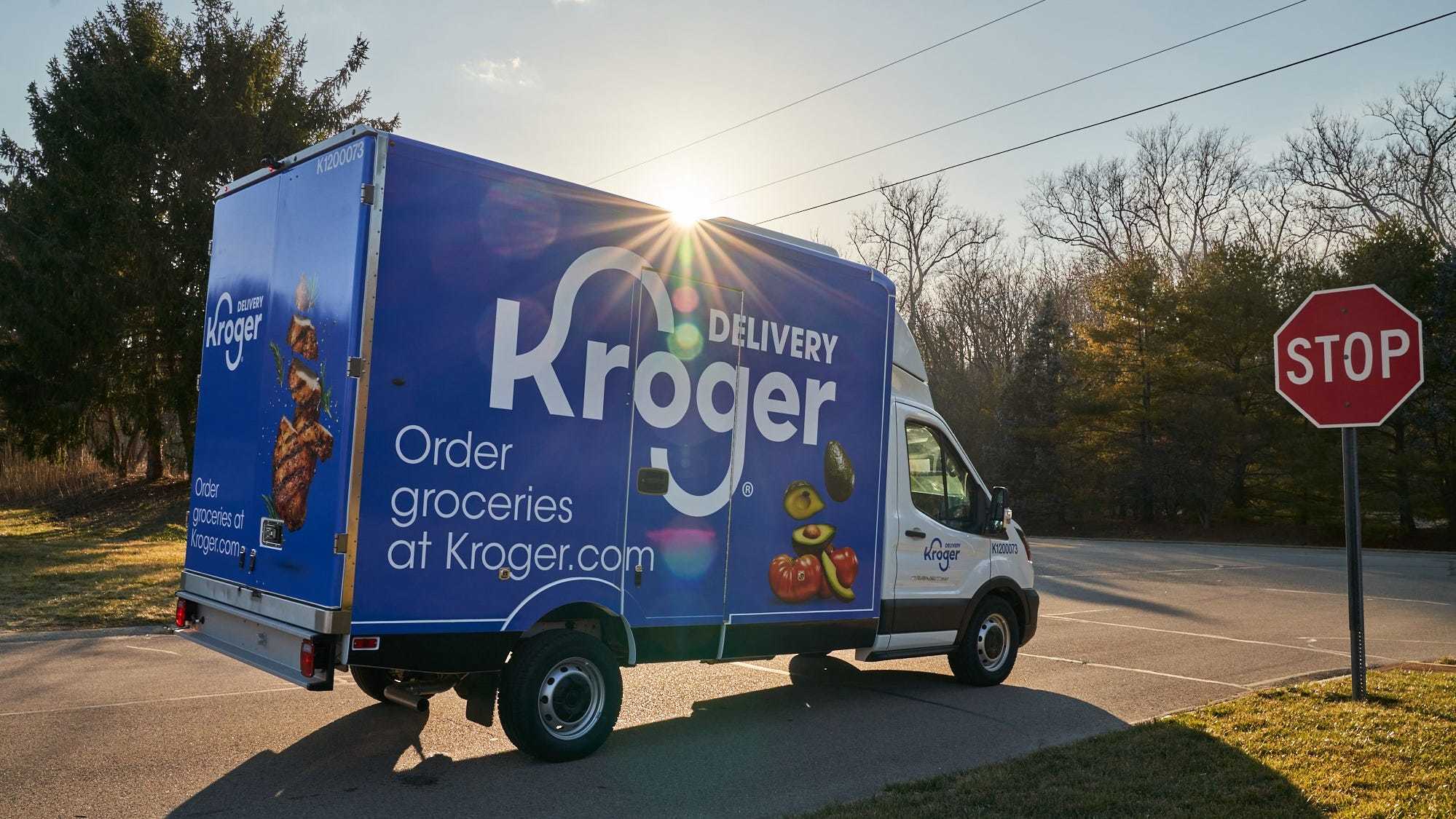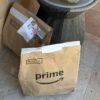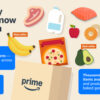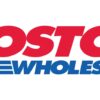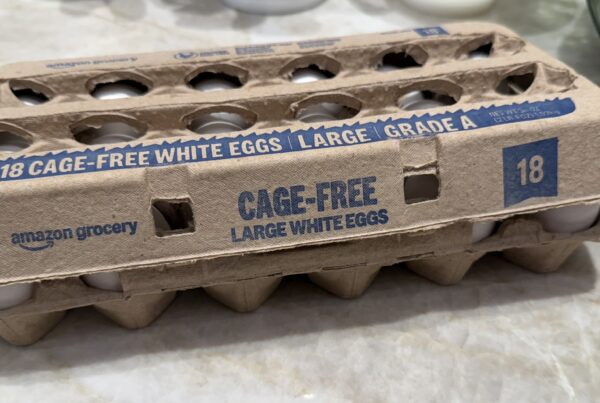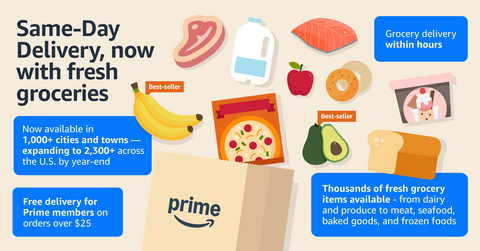5-15% of grocery sales will be online within 10 years.
That was the consensus back in September 2019 when I joined a panel on omnichannel retailing at the Bank of America Global Real Estate Conference. When that same panel reconvened (virtually) last week to swap notes about all that has changed, it was clear that our prediction from 2019 was far too conservative, but perhaps the question could be asked differently altogether: What portion of grocery sales will be digitally influenced and store-fulfilled in 10 years?
More than $87 billion of Target’s $92 billion in total sales—95 percent—are fulfilled from the store. Same-day pickup and delivery has increased by 235% since the onset of the pandemic. In Q2 of this year, Target’s in-store traffic grew by 13%, and the retailer added 5,000 new SKUs. Similar dynamics prevailed for operators like Walmart, Kroger and The Home Depot.
So what’s the difference between the old and the new paradigm?
Pre-COVID there was a clear delineation of “online” and “offline” sales. It had seemed easy enough, but practical applications failed left and right. When I like the red sweater in the store but buy the blue one at gap.com, is that purely an online sale? What about when I order online but the store associate picks and packs that order? Should store associates be penalized when a shopper is assisted with an online order or should that sale be attributed to the stores? None of these questions were easy to answer previously, but now they’re impossible because of the lines that have blurred between online and offline sales.
My revised prediction for online grocery in 10 years? We could easily be in a situation where two-thirds of sales are digitally-influenced, meaning, a shopper initiated the order digitally and the order was shipped to home, or ordered online and picked up at the store, or partially ordered online with fresh items being customer-picked in-store.
What does that mean for profitability and portfolio-wide changes to retail and logistics facilities? That comes down to the portion of digitally-influenced grocery orders which will be fulfilled by the store, and in my estimation, that will continue to exceed 90%.
Of course there are caveats…
Some of the heavy lifting will be done by microfulfillment centers co-located within an operating store, a dark store, or stand-alone within a submarket.
Another approach is playing out in my neighborhood right now: Kroger’s entry into Florida.
Kroger is using their 350,000-square-foot, automated Ocado fulfillment center in the greater Orlando area—served by spoke facilities in Tampa and Jacksonville—to offer home-delivery without rolling out dozens of new Florida stores. I get weekly mailers and I’ve tried the service several times. There aren’t as many Kroger vans in the neighborhood as Amazon vans, but every day there are a few more. It will be interesting to see how a no-store entry into the Florida market will be received when competing with hometown giant Publix Super Markets.
For Kroger, what does success look like? Could they grab enough market share from Publix and Walmart to make continued operations worthwhile? Florida is littered with national and regional grocers that have tried unsuccessfully to compete, but this may just be the right test in the right place at exactly the right time.
The required capital investment is steep, putting this playbook out of reach for many competitors, but the lessons learned will be enormous.
